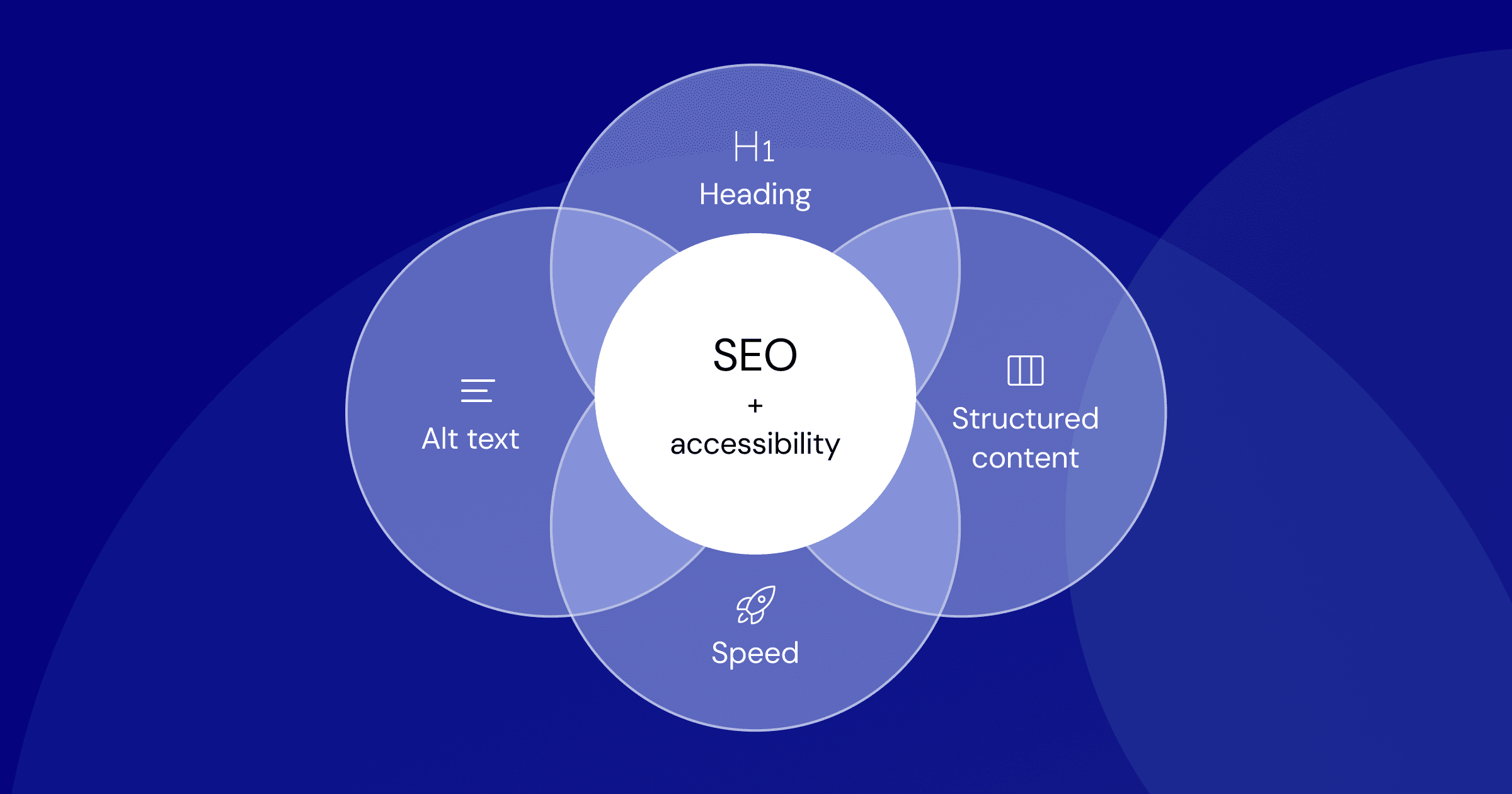AI Detection's Rising Role in Journalism: Accuracy or Obstacle?
By Eleanor Vance • November 11, 2025 • 7 min read • 31 views
Navigating the AI Deluge: Journalism's New Frontier
The digital age has consistently reshaped how we consume information, from citizen journalism on mobile phones to real-time broadcasts via social media. Now, artificial intelligence presents the next seismic shift, and with it comes a critical challenge: discerning authentic human reporting from AI-generated text. Tools designed to detect AI content are rapidly becoming essential for maintaining accuracy and accountability in journalism, but their implementation raises significant questions.
The Rise of AI-Generated Content
We're seeing an explosion of AI-generated content across the web. Search engines are grappling with how to handle this influx, with platforms like Google rolling out tools like Opal. While Opal is touted as a way to create "optimized content in a scalable way" [searchengineland.com], many SEO professionals and content creators are left wondering if this approach skirts the spirit, if not the letter, of search engine guidelines. The drum.com echoes this concern, highlighting how AI might be "stealing search traffic" from human-created content, prompting publishers to find new ways to fight back.
This phenomenon isn't limited to text. AI can now generate sophisticated images and even voices, blurring the lines of authenticity. The implications for news reporting are profound. If AI can produce articles, summaries, and even visual elements at an unprecedented scale and speed, how do we ensure that the information readers receive is reliable and ethically sourced?
AI Detection: A Double-Edged Sword
This is where AI detection tools, like those developed by GPTZero, come into play. These technologies aim to identify text, images, or voices produced by AI. The GPTZero.me article points out that AI detection is becoming an "essential tool for accuracy and accountability" in journalism. Imagine reporters using these tools to verify sources or to ensure that their own output is clearly identifiable as human-created.
Why does this matter? For news organizations, maintaining trust is paramount. If readers can't distinguish between a human journalist's nuanced reporting and an AI's synthesized output, the credibility of the entire industry is at stake. AI detection could serve as a digital watermark, a critical layer of verification.
However, the technology isn't infallible. AI detection tools can produce false positives, flagging human writing as AI-generated, or vice versa. This presents a significant hurdle. For instance, a journalist might be wrongly accused of using AI, damaging their reputation and potentially impacting the publication's standing. Conversely, sophisticated AI models might evade detection altogether, rendering the tools less effective.
The Journalist's Dilemma and Marketer Implications
Journalists are now caught in a complex position. On one hand, AI offers powerful tools for research, data analysis, and efficiency. On the other, the very technology that can augment their work also threatens to devalue it or, worse, spread misinformation.
For social media marketers, the rise of AI detection tools and AI-generated content also has significant implications:
- •Content Authenticity: Brands need to be mindful of how they use AI in their content creation. Over-reliance on AI without human oversight could lead to generic, uninspired content that fails to resonate. More importantly, if AI content is flagged, it could impact brand perception.
- •SEO Strategy: With AI potentially impacting search traffic, marketers need to adapt their SEO strategies. Focusing on high-quality, original content that offers unique insights, rather than simply optimizing for keywords, will likely become even more critical.
- •Platform Trust: Social media platforms themselves are wrestling with how to handle AI-generated content. Future policies on AI disclosure or detection could drastically alter content distribution and advertising effectiveness.
- •Ethical Considerations: As AI becomes more sophisticated, marketers must consider the ethical implications of its use. Transparency about AI involvement in content creation or customer interactions will be key to building and maintaining consumer trust.
Looking Ahead: The Future of Information
AI detection in journalism isn't just a technical development; it's a societal one. It forces us to confront fundamental questions about authorship, originality, and truth in the digital age. As AI capabilities continue to advance, the arms race between AI generation and AI detection will likely intensify.
Publishers and journalists will need to equip themselves with reliable detection tools, develop clear internal policies on AI usage, and, perhaps most importantly, double down on the human elements that AI struggles to replicate: critical thinking, emotional intelligence, investigative rigor, and unique storytelling. For the public, developing media literacy skills to critically evaluate the source and nature of information will be more crucial than ever. The fight for accurate information in the age of AI is just beginning, and its outcome will shape how we understand the world around us.
Key Takeaways:
- •AI detection tools are emerging as critical for journalistic integrity.
- •Balancing AI's efficiency with the need for human oversight is paramount.
- •Marketers must prioritize authenticity and consider the ethical implications of AI.
- •Media literacy will be essential for consumers navigating AI-generated content.
